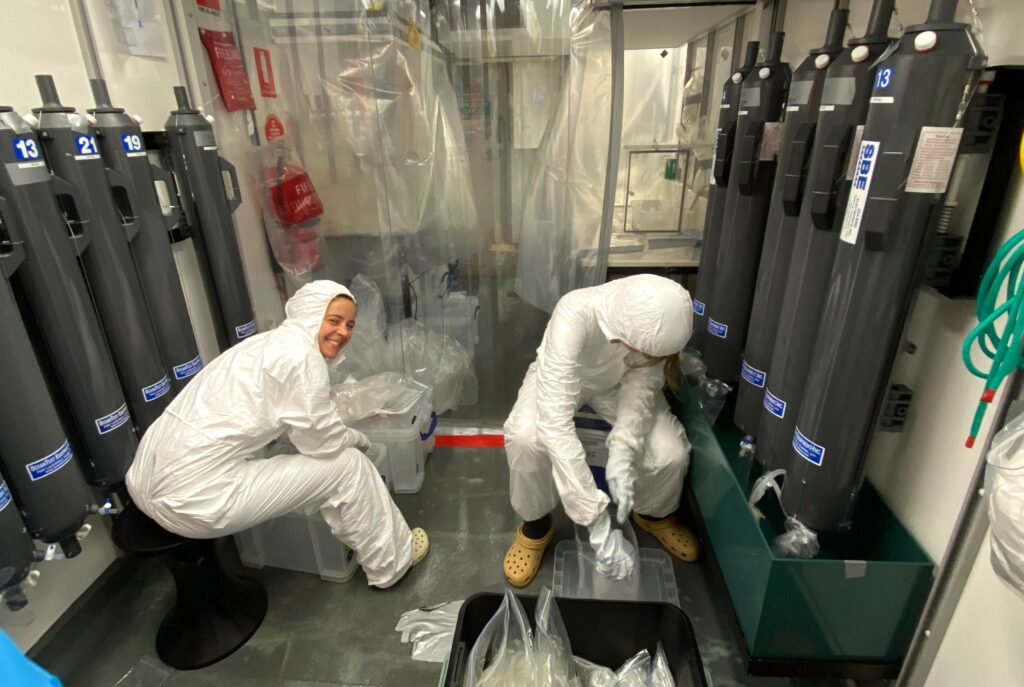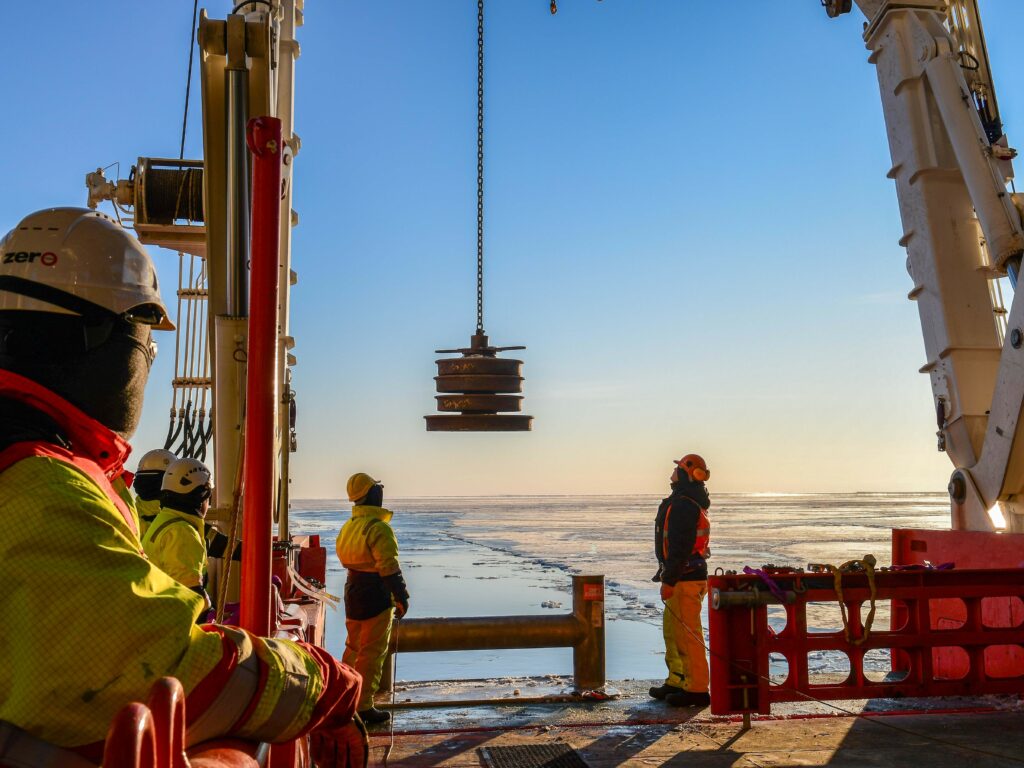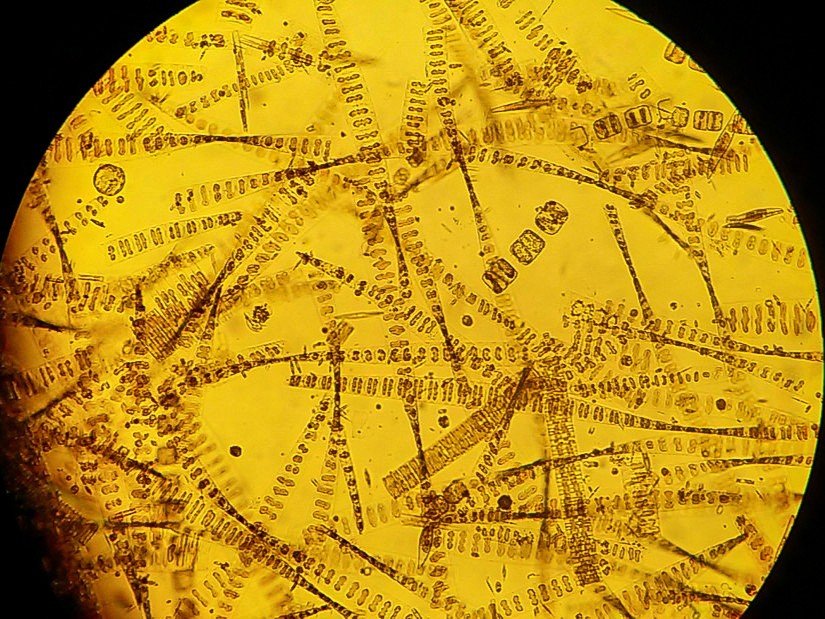‘Twilight zone’ migrants moving carbon in the Southern Ocean
14 April 2025
A team of scientists has shed new light on the role of migrating marine life in moving carbon from the ocean surface to the deep sea in the Southern Ocean.
Each night, vast swarms of zooplankton and micronekton—tiny crustaceans, fish, gelatinous animals like pyrosomes and salps, and other small creatures—swim from the ocean’s ‘twilight zone’ (or mesopelagic layer from 200 to 1000 metres deep) to the surface to feed, before returning to depth during the day to avoid predators.
This daily vertical migration, happening across the global ocean, also shuttles carbon to depth as the animals excrete, respire, produce waste, or die during their journey.
Lead author and AAPP PhD student Katy Baker said their study focussed on the ‘carbon injection potential’ of this daily migration of marine life between the surface and deeper waters in the ocean.
“We wanted to find out how much this active ‘mesopelagic-migrant pump’ or MMP contributes to carbon storage at 200 metres depth compared to the passive ‘biological gravitational pump’ or BGP.”
The research, conducted during the 2020–21 SOLACE voyage on the CSIRO research vessel (RV) Investigator, sampled three sites in the Southern Ocean: one sub-Antarctic site at 47°S (the location of the Southern Ocean Time Series mooring), and two polar sites south of the Polar Front at 56°S and 58°S.
By examining the dominant species at each location and estimating their carbon contributions through respiration, excretion, faecal pellets, and carcasses, the team assessed how much carbon is being actively transported to depth through this migration.
Across all three sites, more than 90% of mesozooplankton (0.2-20 mm length) were copepods. Micronekton (20-200 mm length) was dominated by blooms of gelatinous salps and pyrosomes.
“Passive sinking of carbon-rich particles, or the BGP, has traditionally been the main focus in ocean carbon export studies,” said Katy.
“Now our findings suggest that the active transport from migrating animals can also play a moderate role, especially in the Southern Ocean.”
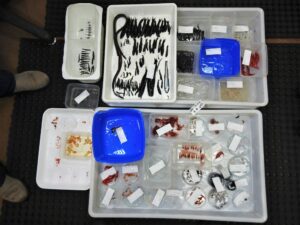
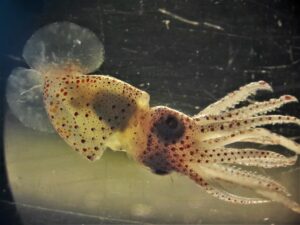
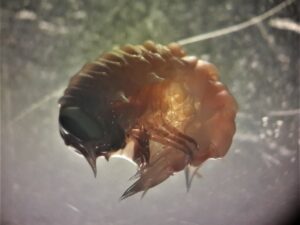
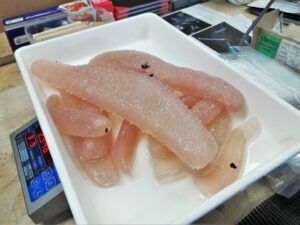
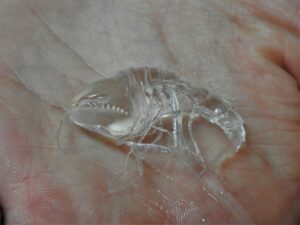
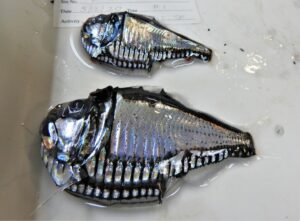
Examples of mesopelagic micronekton from the ‘twilight zone’, captured on the SOLACE voyage
The study found that the MMP contributed around 5% of the gravitational pump’s carbon export at the sub-Antarctic site. However, at the two polar sites, this active transport accounted for up to 37% of the downward flux—highlighting its potentially significant role in carbon cycling in high-latitude ecosystems.
“This enables us to estimate how much carbon export is overlooked if we only consider the BGP, so we can improve projections of downward carbon export in the Southern Ocean,” she said.
“This study provides a summer snapshot of carbon export via the mesopelagic-migrant pump at three distinct sites.”
“But there’s still a lot we don’t know—especially about how carbon transport changes across seasons or under different environmental conditions,” said Katy.
By better understanding all the pathways through which carbon is moved to the deep ocean, researchers hope to improve future projections of ocean carbon storage—particularly in remote and understudied regions like the Southern Ocean.
READ THE PAPER: Carbon injection potential of the mesopelagic-migrant pump in the Southern Ocean during summer
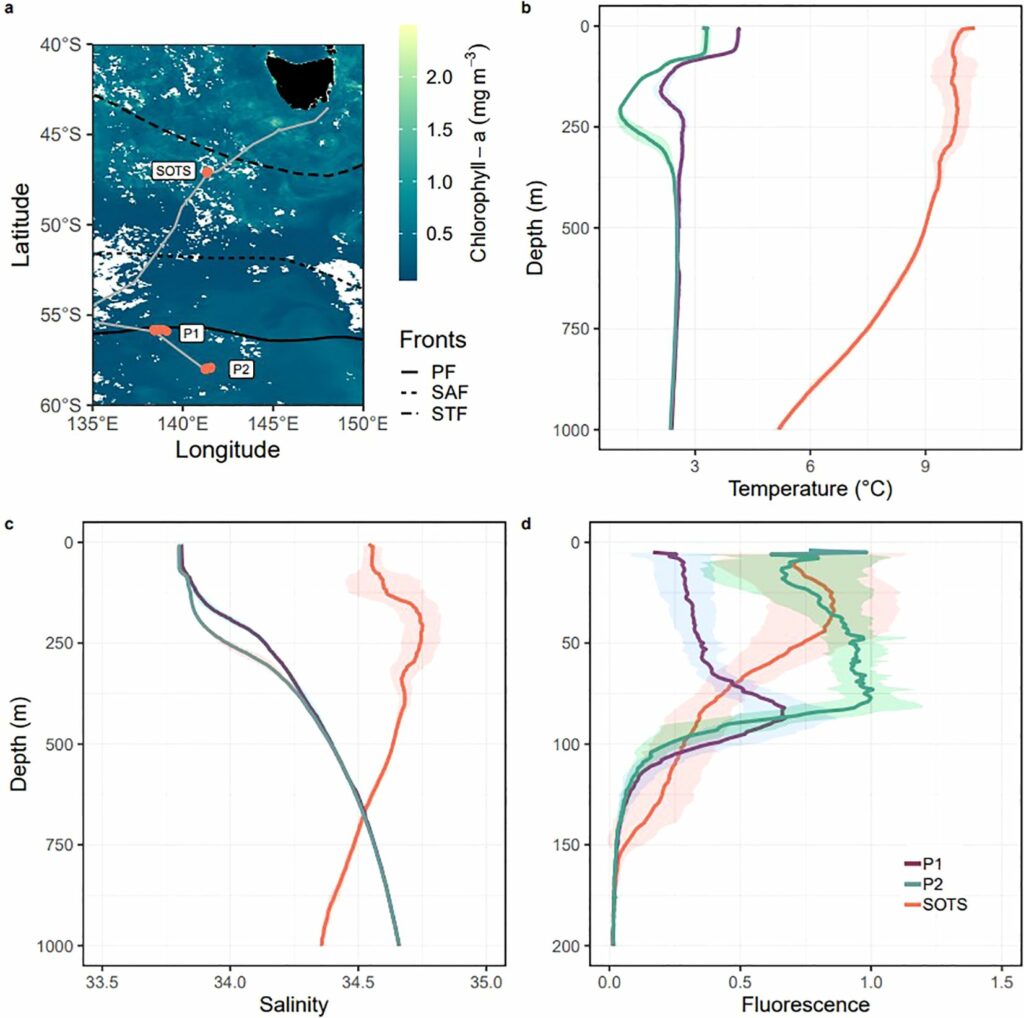
This research was supported by a grant of sea time on RV Investigator from the CSIRO Marine National Facility.

